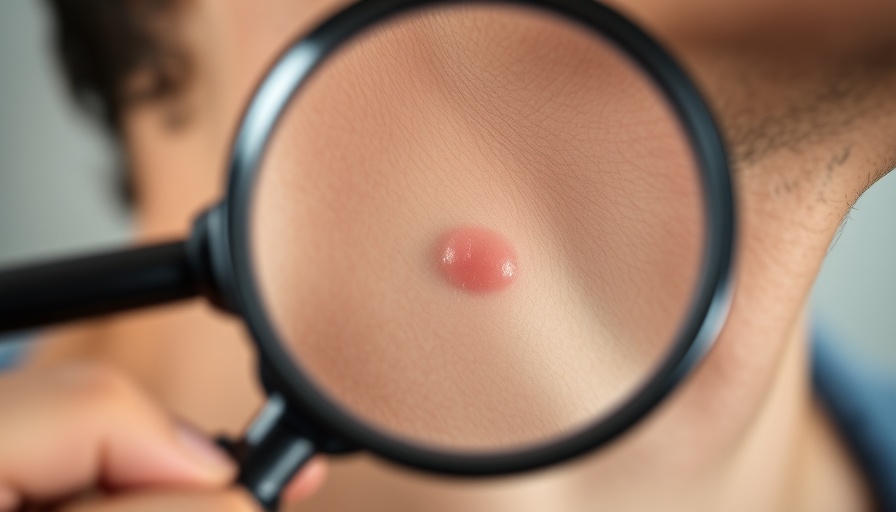
Understanding the Importance of Skin Cancer Screening
Skin cancer remains a predominant health concern across the globe, with over 6 million adults in the U.S. receiving treatment annually. According to Dr. Michael Colgan, a dermatologist with the Mayo Clinic Health System, awareness around skin cancer screening is crucial, especially as melanoma cases continue to rise. This aggressive form of skin cancer is expected to lead to approximately 104,960 new diagnoses and over 8,430 deaths in 2025 alone, as reported by the American Cancer Society.
Who Is Most at Risk for Melanoma?
Many hold the misconception that skin cancer primarily affects those with fair skin. While lighter complexions do carry a higher risk, individuals with darker skin tones are not immune. In fact, melanoma can present differently in people with darker complexions, often developing in those areas less exposed to the sun, like the hands and feet. Therefore, it is vital for everyone, regardless of skin tone, to engage in regular skin checks and be aware of the changes in their skin.
Key Indicators for Skin Checks
Early detection significantly improves outcomes for skin cancer, with a five-year survival rate of 99% for early-stage melanoma. Individuals should familiarize themselves with signs that warrant a consultation with a dermatologist:
- New growths on the skin resembling moles or bumps
- Rough patches that are changing
- Persistent sores that won’t heal
- Changes in existing moles, such as size or color
- Itching, pain, or discomfort around skin growths
These signs should not be overlooked. A quick examination by a dermatologist can make a substantial difference, adding years to a person's life through timely intervention.
Screening Recommendations for High-Risk Groups
Certain groups are encouraged to consider more frequent screenings, including:
- Individuals with a personal or family history of melanoma
- People over the age of 65
- Those with immunosuppressive conditions
- Individuals who burn easily or have light-colored eyes and hair
A baseline evaluation with a dermatologist is essential for these high-risk individuals, allowing for tailored recommendations on follow-up screenings and monitoring.
The Role of Community Health and Wellness
Awareness and proactive health measures form the foundation of community health. Community wellness initiatives play a critical role in education about the importance of routine skin screenings. Health and wellness centers and businesses can offer free or low-cost dermatological checks, thus promoting optimal health within communities. For example, community health houses in San Antonio are organizing health and wellness events that include skin cancer screenings and educational workshops. The growth of such initiatives underlines the connection between community engagement and health outcomes.
Future Perspectives on Skin Cancer Awareness
As skin cancer cases are projected to rise, awareness campaigns will need to evolve. Strategies such as employing social media platforms to disseminate information and promote screenings can cater to younger audiences. Moreover, leveraging local health economics, behavioral research, and innovative communication techniques will be key in altering the landscape of skin cancer awareness and prevention.
Conclusion: Take Action to Protect Your Skin
Given the prevalence of skin cancer, it is imperative that individuals take initiative by regularly checking their skin and consulting dermatologists, especially if they belong to high-risk groups. Community resources are available to help facilitate these essential screenings. Consider participating in local health and wellness events that promote education about skin health and preventive measures.
 Add Row
Add Row  Add
Add 




 Add Row
Add Row  Add
Add 


Write A Comment